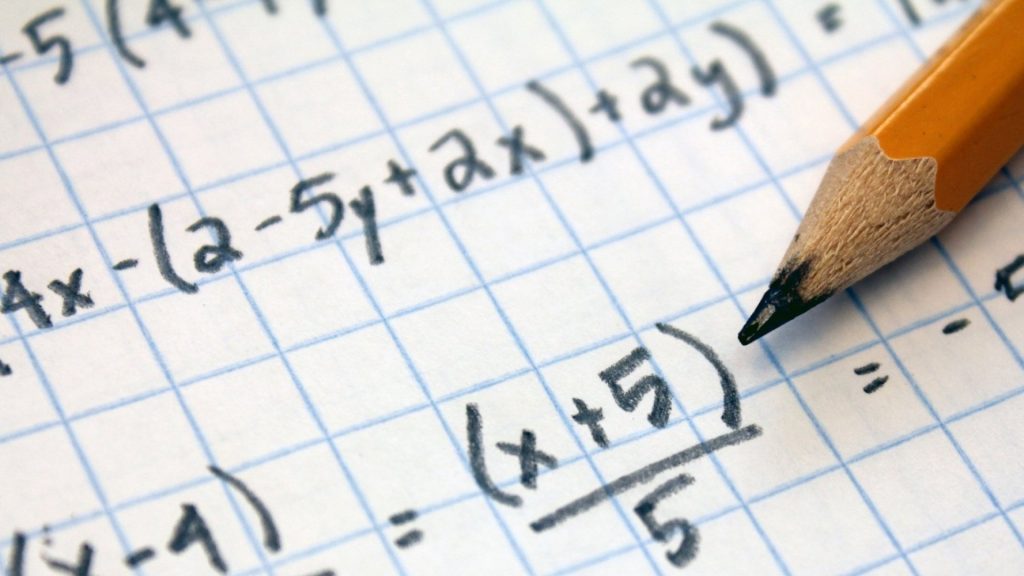In this math tutorial, we going to look at clusters for data science. This math tutorial consists of 3 parts and this is the first part, before the start if you didn’t read the previous articles you can start here.
What Are Clusters?
Clusters the unit where the same type of data or values are stored in math. 2 different groups are divided into 2 clusters, and the subgroups within these groups become elements of the clusters.
X = {1 , 2 , 3 , 4 , 5}
In the example above, a set of numbers has been created. The name of the set is x, and let’s call it variable for now, the values in it are called the elements of the set.
If you noticed, these structures are similar to lists, arrays, and vectors, and we use these structures in both data science and computer programming.
Properties Of Clusters
in this part, we going to look at the properties of clusters and we going to learn a simple method for clusters. We will move from general information to more specific information.
- Clusters are shown with a capital letter.
- Elements are shown with a lowercase letter.
- in clusters, each element is written only once
- element numbers are shown in the function s (), for example, s(A) = 5
- The sign ∈ indicates which set an element is from.
- ∉ used to show that the element does not belong to that cluster.
Cluster Display Styles
Now we know the basic properties of sets, now let’s look at the methods used to represent sets, they are divided into 2, and as a table diagram and list method, let’s first look at the list method.
List Method
elements of the set are added inside {} and each element is separated by commas. Let’s look at a simple set of lists
X = {1 , 2 , 3 , 4}
Y = {"a" , "b" , "c" , "d"}
Z = {"a" , 1 , "c"}
Venn Method
The elements of the set are written into a closed geometric object by placing a period for each element. Let’s look at a simple Venn schema.

Common Feature Method
We used this method frequently in logic as well. In this method, we add the elements that are suitable for the given variable to the set and thus find the elements of the set.
Z = {x | x > 3 , x ∈ N}
Z = {4 , 5 , 6 , ...}
In the above example, the variable x is a natural number greater than 3. Numbers from 4 to infinity are in this set.
Cluster Types
In this section, we will examine exactly 5 different types of sets, which are empty, finite and infinite sets, universal sets, equal sets, and subsets. Let’s start with the empty set.
Empty Cluster
A set that has no elements is called, empty sets are denoted by {} or the symbol Ø. Let’s look at an empty set equation and solve it.
X = {x| x < 0 , x ∈ N}
s(X) = 0 , X = Ø
Finite And İnfinite Cluster
Sets with ends are called finite sets, while sets without finite are called infinite sets. While finite sets receive a certain number of data, infinite sets can receive unlimited data.
Universal Cluster
All sets that are operated on are called the universal set. The universal set is a structure that contains all sets. It is indicated with the symbol E.
Equal Clusters
Sets with the same elements are called equal sets, denoted as s (A) = s (B). Let’s reinforce it with an example question.
X = {x| x^2 < 25 , x ∈ N}
Y = {z| z * 25 < 100 , x ∈ N}
S(X) = s(Y)
Subsets
For a set to be a subset of another set, all of its elements must be the same (but the subset must be smaller than the main set or it will be an equal set) Now let me examine this by both Venn and list method.
X = {1 , 2 , 3 , 4 , 5}
Y = {1 , 2 , 3}
Y C X
When you write with a Venn diagram, you need to put the object of the underlying set into the main set, so you must create a nested object.
Subset Properties
- each set is a subset of itself.
- the empty set is a subset of each set.
- It is calculated using the formula 2 ^ n to find the subset of a cluster of n elements.
Congratulations, You Finished The First Part Of The Clusters.
